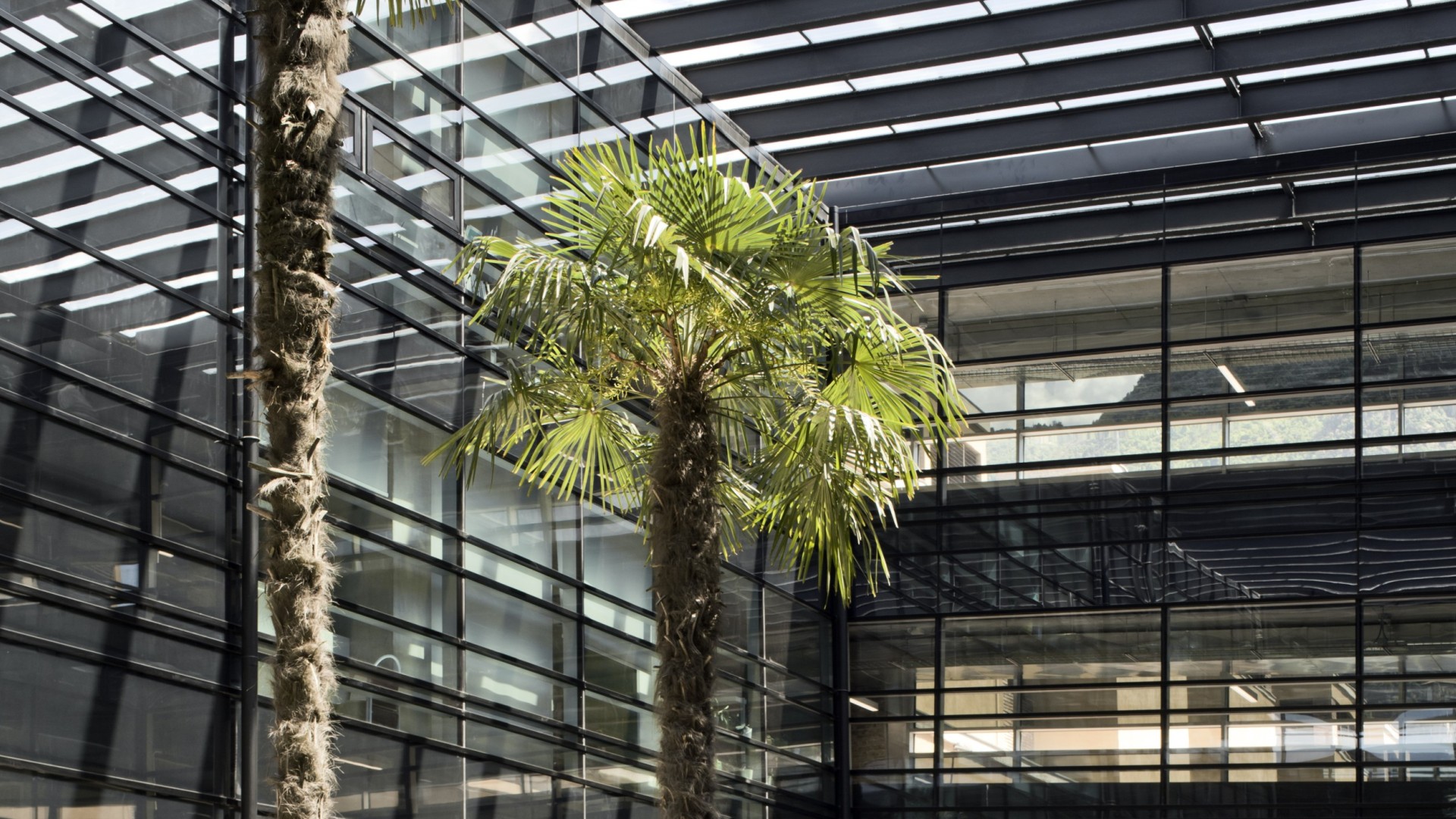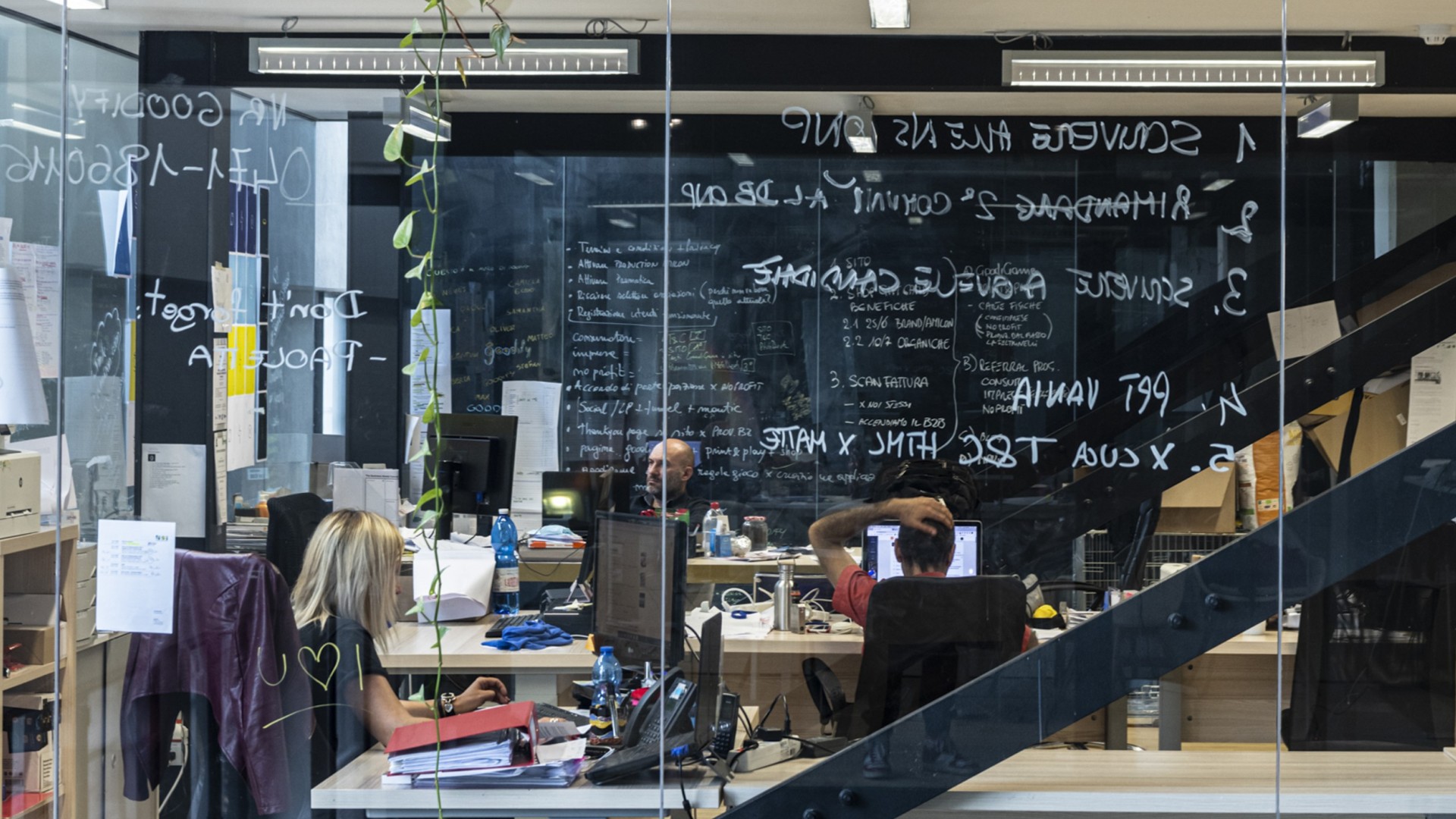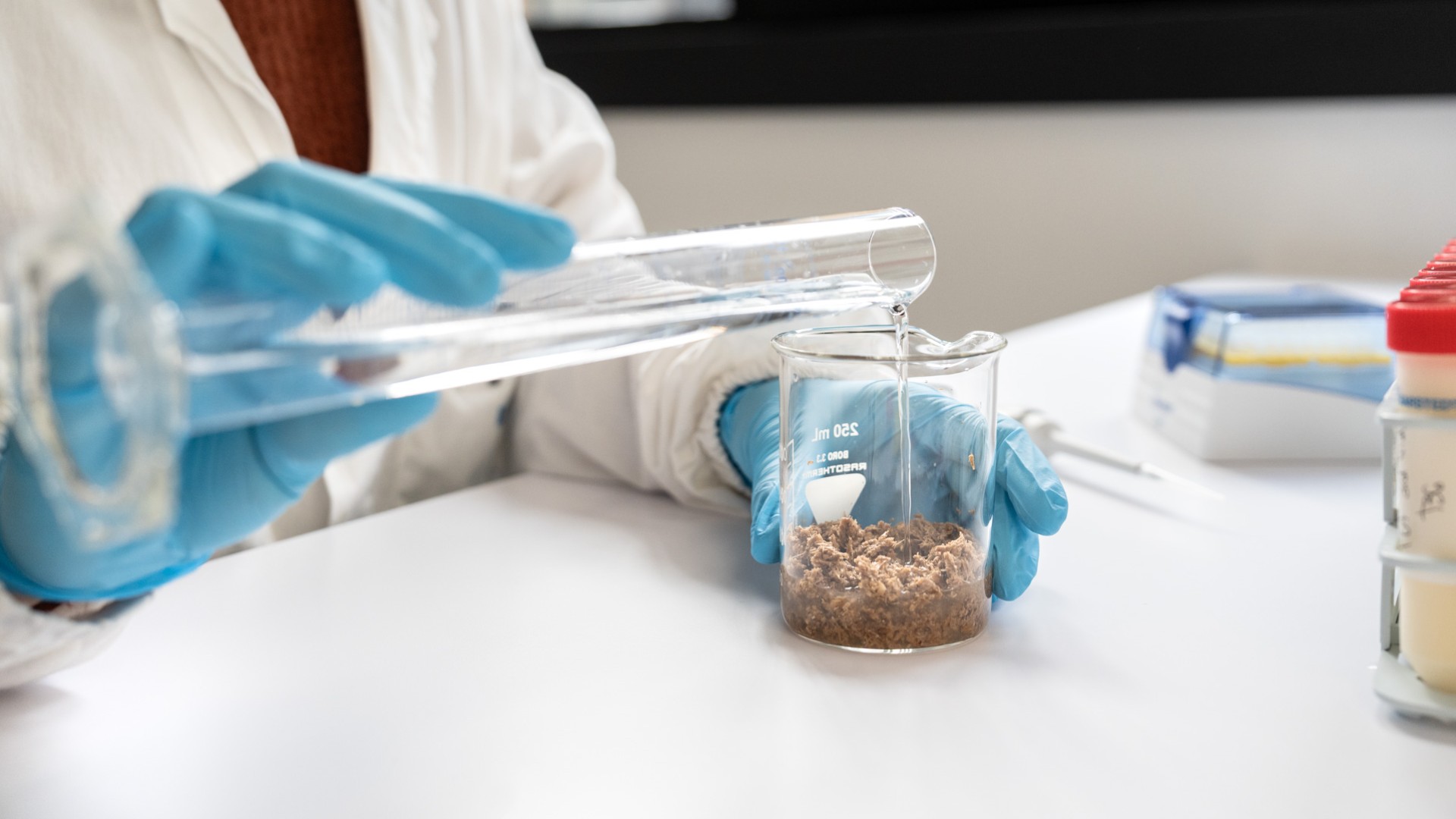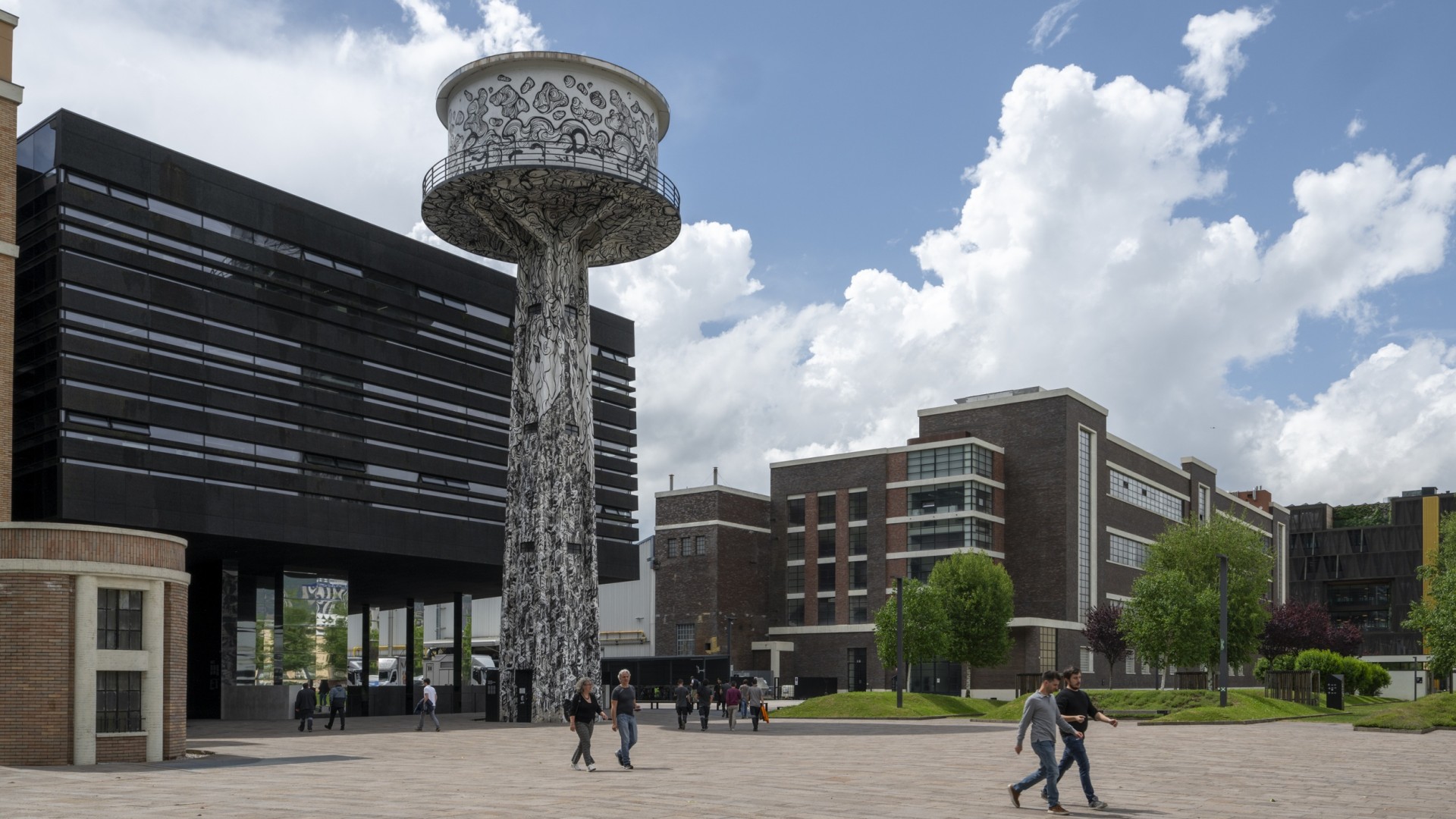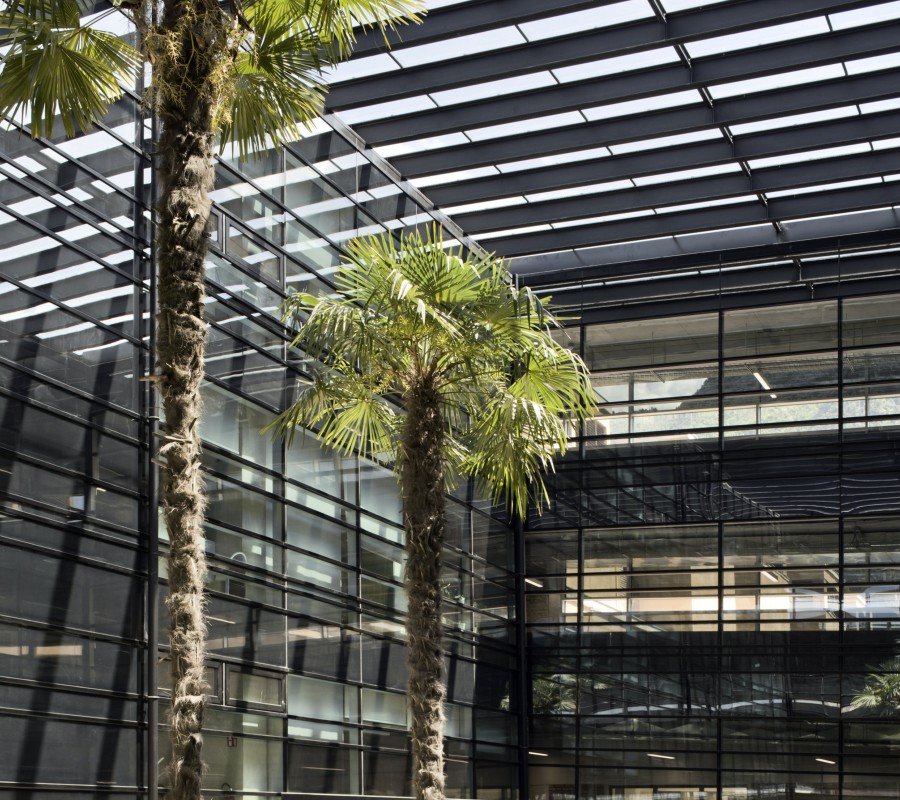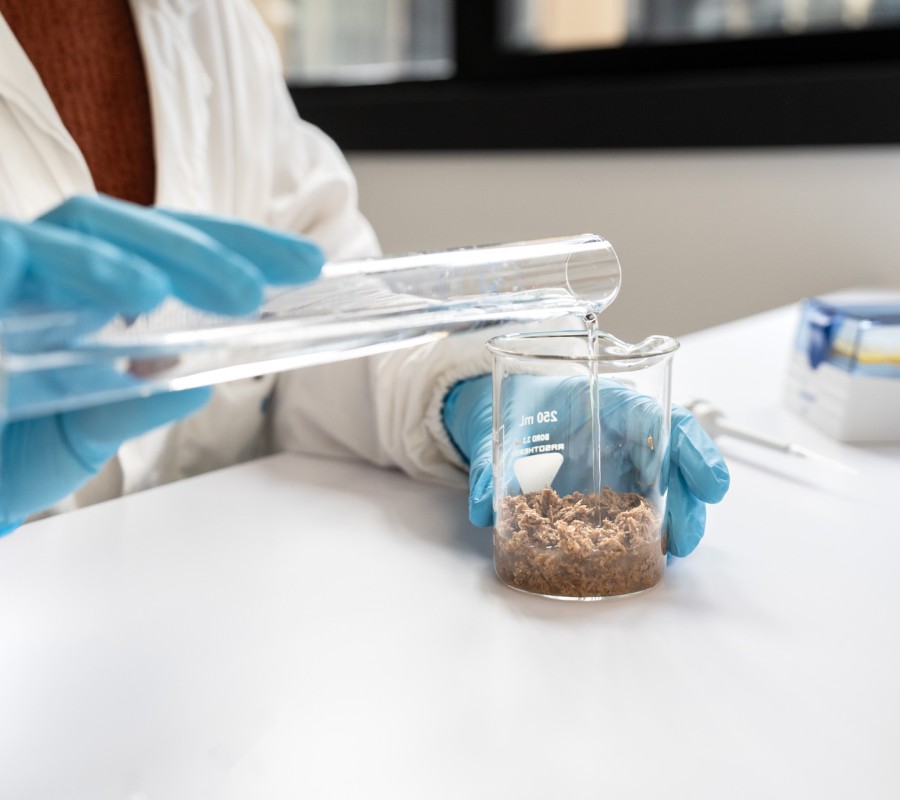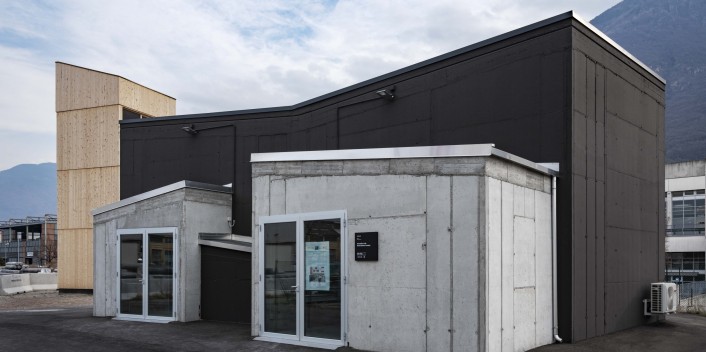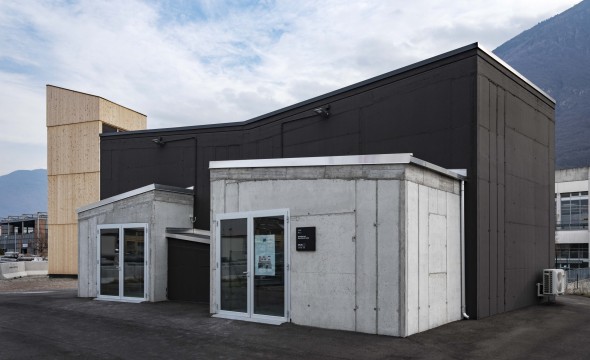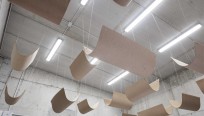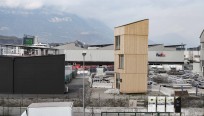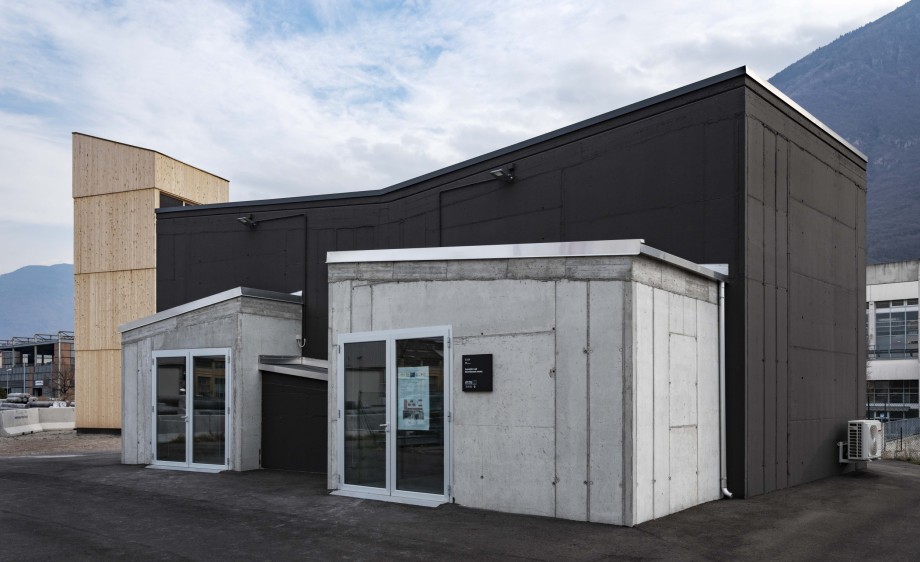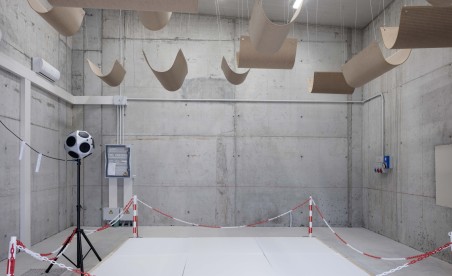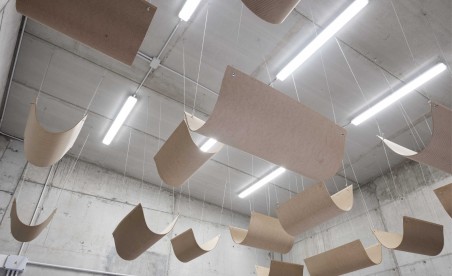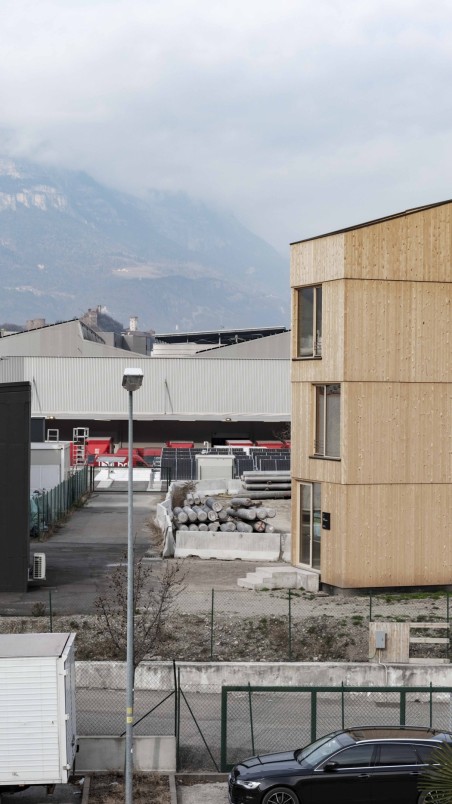Everything you need to know as a company
Building intelligently with the knowledge of thermophysics
How do façades react to temperature and humidity? Ask the Building Thermophysics Laboratory.
In the Building Physics Laboratory, we develop technological solutions for constructing energy-efficient buildings with high indoor comfort. The research undertaken here investigates the dynamic behaviour of opaque and transparent building envelopes and building services installations, in particular mechanical ventilation systems, to improve the comfort, physical health and energy efficiency of buildings.
Building envelopes in the lab and outside: how do they react to the seasons?
We perform field tests and supplement these with laboratory tests using computer simulations. Our research team analyses the energy performance of the individual components of the building envelope. They examine their impact on living comfort and how they interact with the rest of the building and the facility. Furthermore, the researchers test the effectiveness and behaviour of different technical solutions for building envelopes, not only under planning conditions but also under practical conditions in summer and winter. For this purpose, the corresponding climatic conditions are reconstructed in the laboratory or tests are carried out outdoors.
We measure the thermophysical properties of insulating materials.
The laboratory measures the thermophysical properties of building materials, in particular insulating materials. The calculated values for thermal conductivity, thermal diffusivity and specific heat capacity are used in energy models to allow a detailed performance evaluation of buildings and building envelope components, as well as theoretical or experimental analysis of opaque components.
We use and develop instruments and methods for on-site measurement of the most important thermophysical and environmental properties of building envelopes and buildings. Working directly on and inside existing buildings, we measure:
• The building’s energy performance
• Thermal/hygrometric comfort
• Indoor air quality
• Acoustic and visual comfort
A variety of measurement tools is used to optimise building performance
Sophisticated computational tools such as finite element numerical models (FEM), fluid dynamic models (CFD) and dynamic simulation codes are available to evaluate and optimise building performance. The researchers use these tools individually or in combination to run simulations in which different physical aspects are considered simultaneously (multi-domain and multi-physics).
By numerically modelling the thermophysical processes in the various components of building envelopes and rooms, the technicians determine the energetic and acoustic behaviour and the lighting effects of the building and the installations, both at the component level and at the building and urban planning level. Multi-criteria optimisation techniques can be used to determine the best-performing design configurations.
